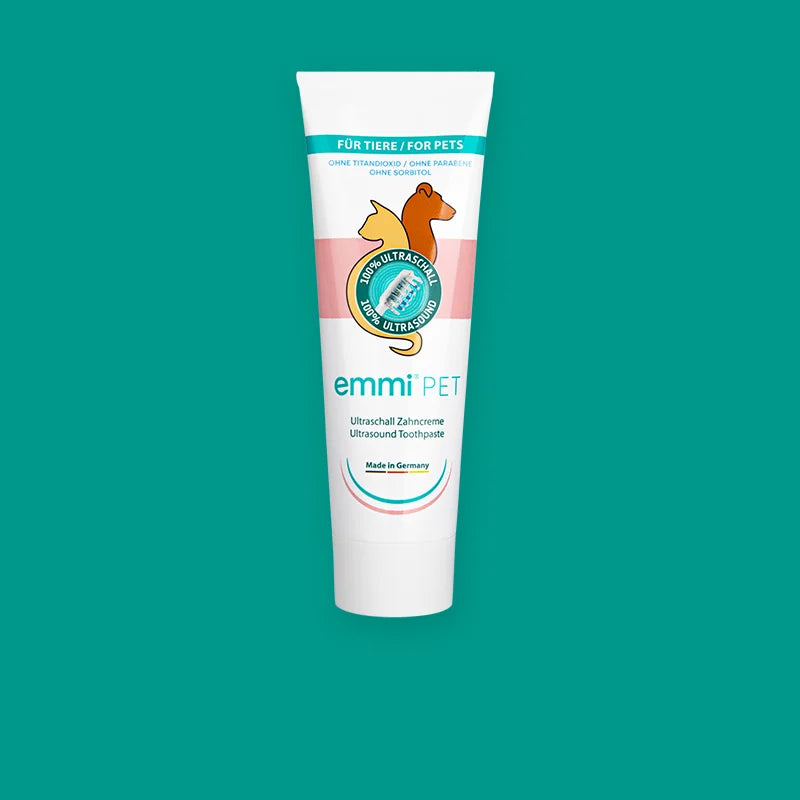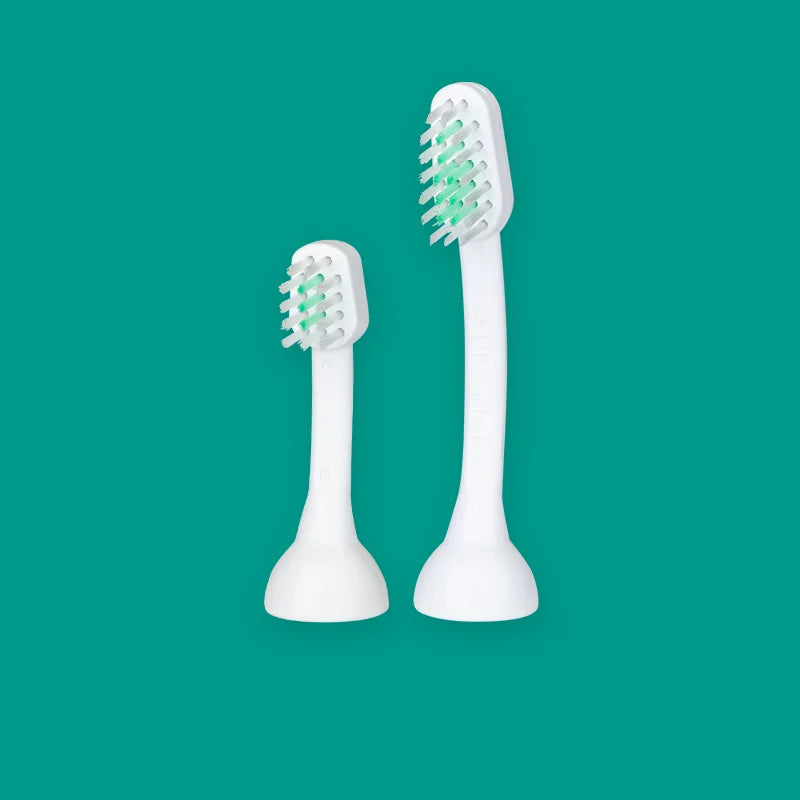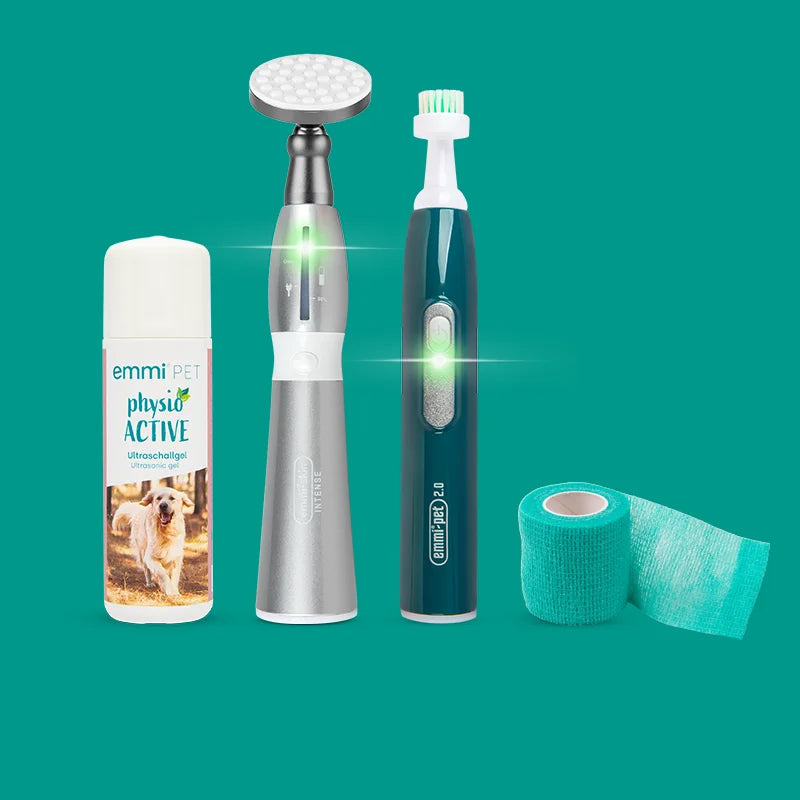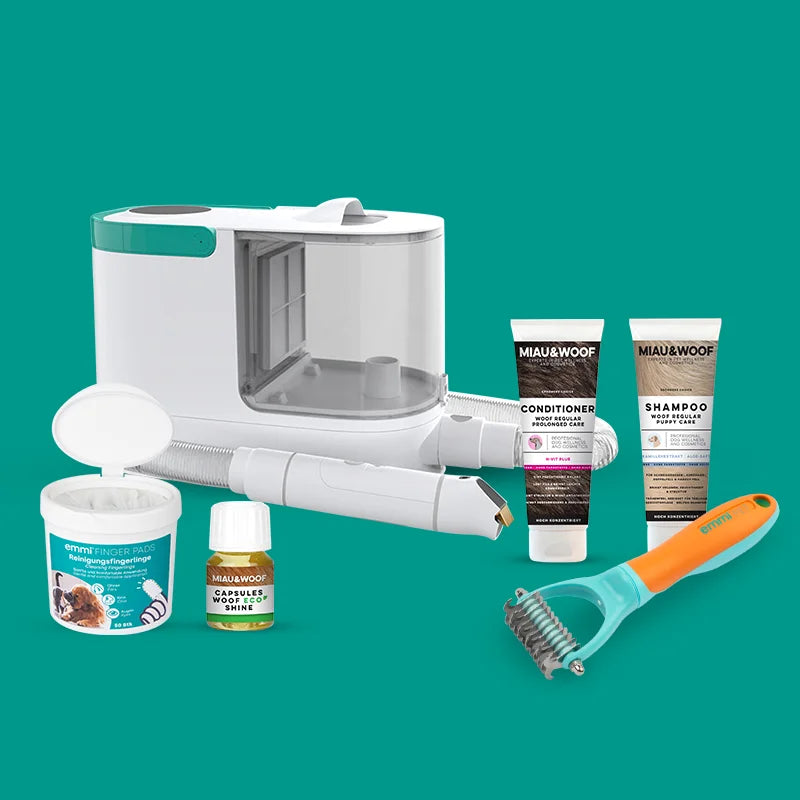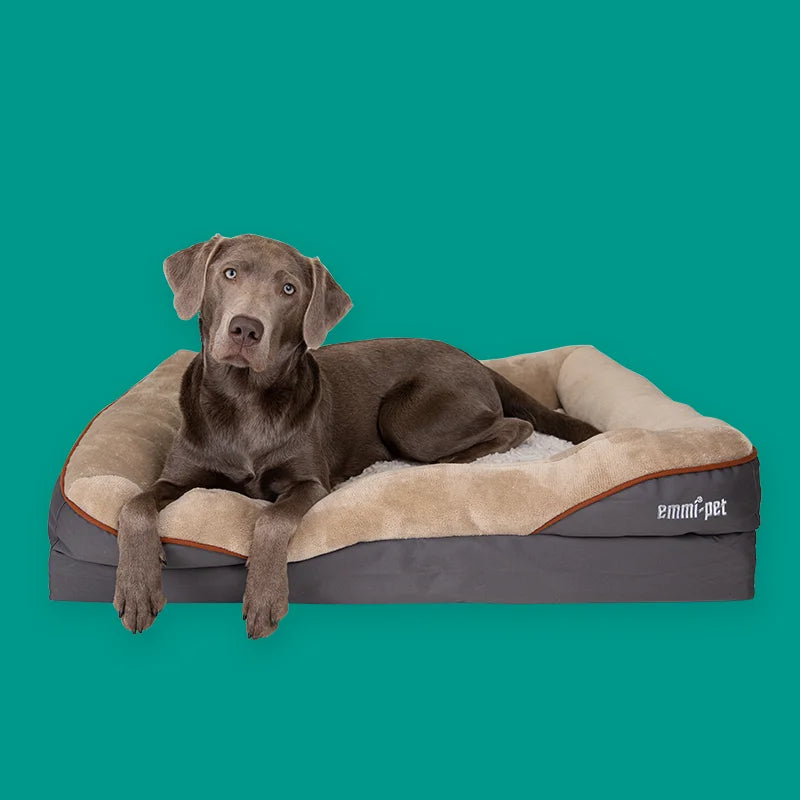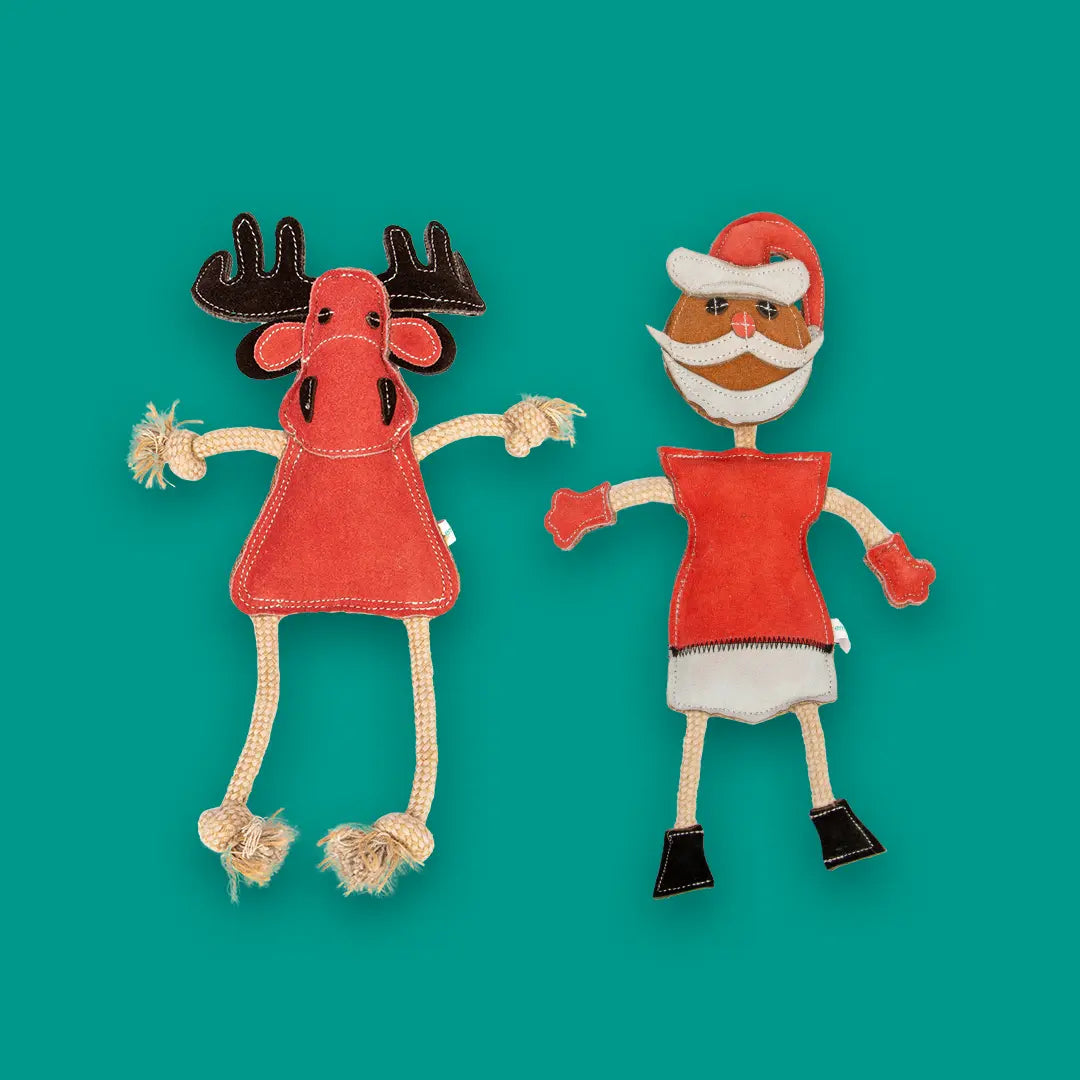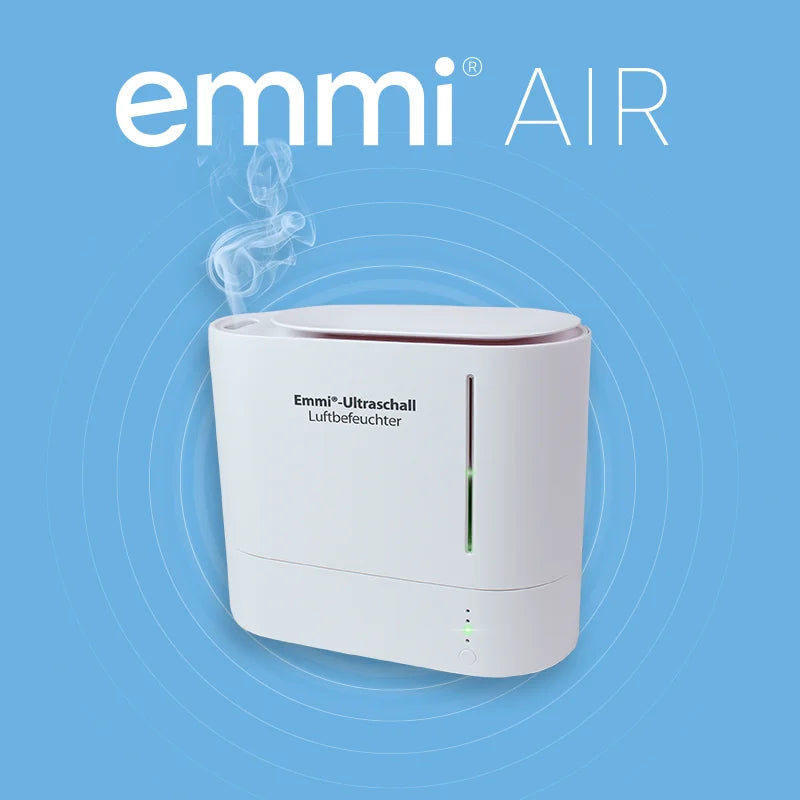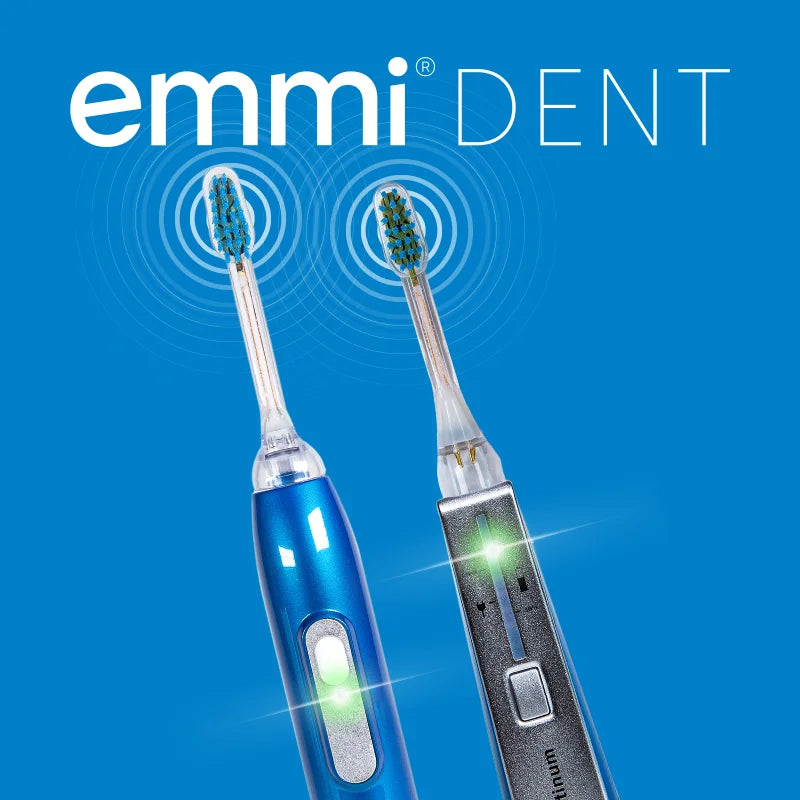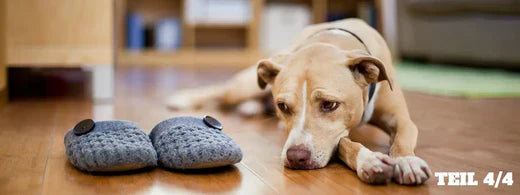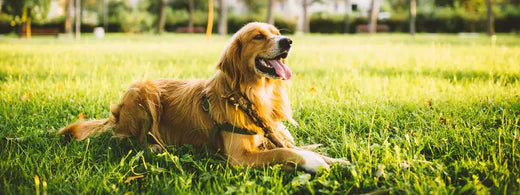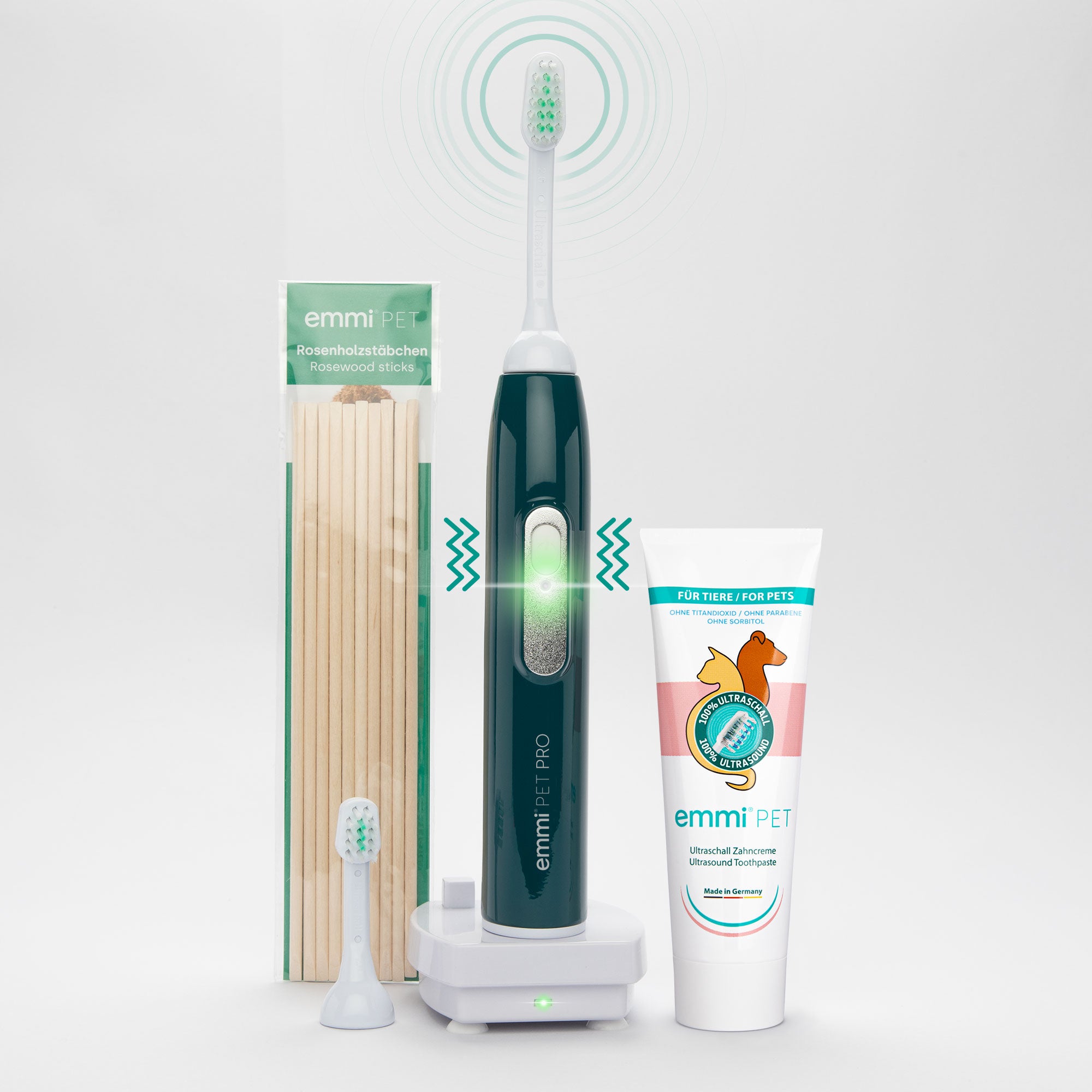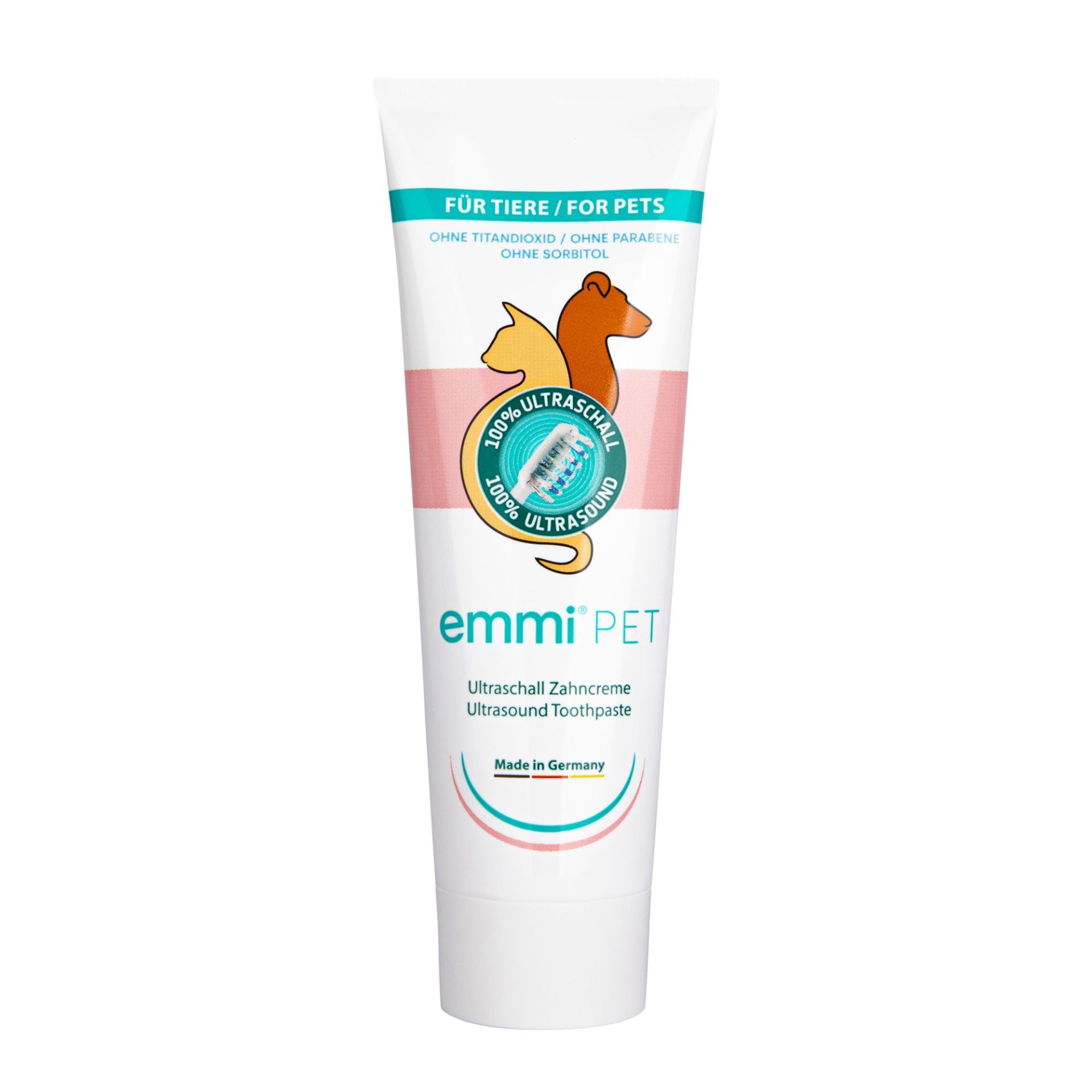Toothache diagnosis and treatment by the veterinarian
The treatment of dental problems , injuries, and diseases in dogs is now carried out at a very high level. Similar to human medicine, veterinary medicine also uses state-of-the-art diagnostic and therapeutic procedures. In today's blog post, we explain the diagnostic options and associated treatment options available in the field of veterinary dentistry.
Prophylaxis, diagnosis and therapy in the field of veterinary dentistry
The basic rule is: preventative care begins at puppyhood, i.e., right from the start. You and your four-legged friend should visit the vet regularly from early puppyhood. Regular dental checkups during early puppyhood ensure that any malocclusions can not only be detected early but also corrected without complications.
Malocclusions can be treated with braces, similar to braces in humans. Injuries to baby teeth, which are not uncommon in early puppyhood, should also be treated professionally without delay. Damage to baby teeth, in particular, often appears harmless at first glance. However, if left untreated, they can lead to permanent, even severe, damage to the teeth.
Tooth preservation through fillings is no longer uncommon in dogs. The extraction of teeth that are not worth preserving is also routinely performed by veterinary dentists. Dental rehabilitation is also a very common topic in veterinary dentistry. Infected teeth and the associated bacterial colonies in the mouth can spread into the body and lead to serious secondary diseases. If infection is detected, systemic antibiotics are often used as treatment. Anti-inflammatory and analgesic medications are also effective for infected teeth.
The removal of tartar is also part of prophylaxis, because tartar is ideally removed before it can cause damage.
Surgical therapy methods under anesthesia
Dental surgery in dogs is always performed under anesthesia. For older dogs and dogs suffering from other illnesses or otherwise weakened, any anesthesia represents an enormous physical strain. In these cases, the benefits must be weighed against the risks. What are the consequences of an untreated dental problem or anesthesia compared to existing conditions?
To avoid this difficult decision, you should practice regular dental care for your dog from the very beginning. Dental care and oral hygiene in dogs can be taught.
Prevention of tartar and other dental problems
The best way to prevent tartar is to practice good oral care and hygiene from the very beginning. Therefore, start brushing your dog's teeth when he's still a puppy. Ideally, you should use our silent, vibration-free ultrasonic toothbrush for dogs. Developed specifically for our beloved four-legged friends, this form of tooth cleaning and oral care also allows for regular medical training. Regular medical training should be familiar to a puppy, either way. Visual inspection is just as important as regular touching of the teeth.
To prevent dental injuries and associated damage, don't let your dog play with stones. Large branches or wooden sticks are also unsuitable for playing with dogs.

